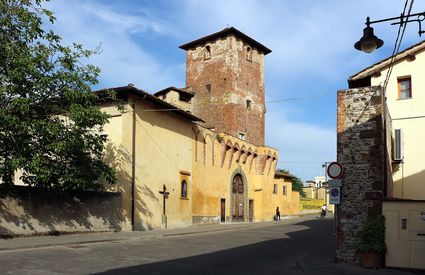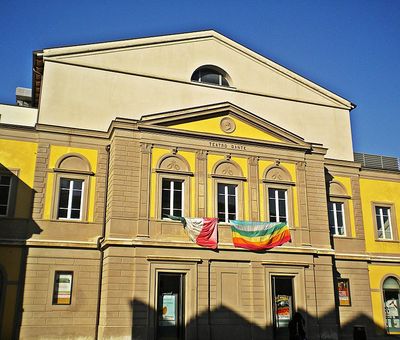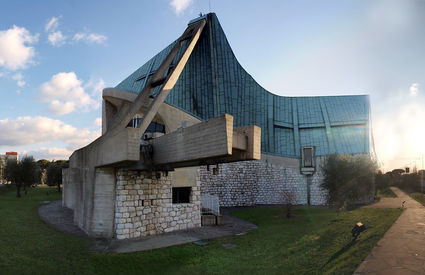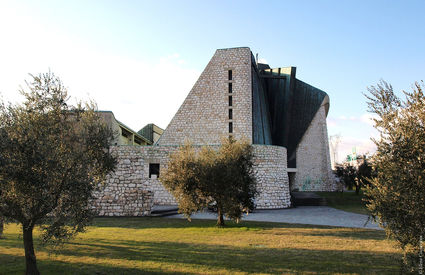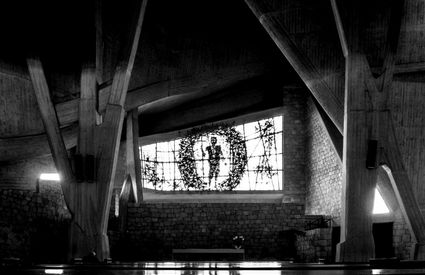Thanks to the Count, a theatre was completed in a year
Count Giovanni Rucellai came from an exemplary family who were famed patrons for the arts. His ancestors had sponsored the Florentine Renaissance and it was his idea, in the mid-1800s, to give Campi Bisenzio a theatre. "Here, the cult of dramatic art is extraordinarily felt", reads the chronicles of the time. When the local authorities made an area available, Count Giovanni formed the organizing committee for the construction of the theatre and a location for the society was managed in a week. On July 2, 1871, the Perseveranti Academy was initiated for the Dante Alighieri theatre in Campi Bisenzio. On May 4, 1873, the structure was inaugurated. The Dante Theatre soon made itself an excellent reputation among the theatres of Tuscany. The quality of the performances and the high-calibre artists that trod the stage resulted in Campi being nicknamed "the little Parma". Today the theatre is named after Carlo Monni, heir to a rich tradition of poets and comedians.



